Thuja is an evergreen coniferous plant. Today it can be seen both in group and in individual landings in summer cottages or in parks. The plant is quite unpretentious and frost-resistant. In addition, it is possible to transfer thuja in the fall to a new place, and in some cases this procedure is even necessary.
Content
Plant characteristics
Thuja is a perennial tree from the cypress family, reaching 10-30 m in height and having a narrow crown. The leaves of the plant are scaly and arranged in pairs. At the ends of the branches there are small oval-shaped cones.
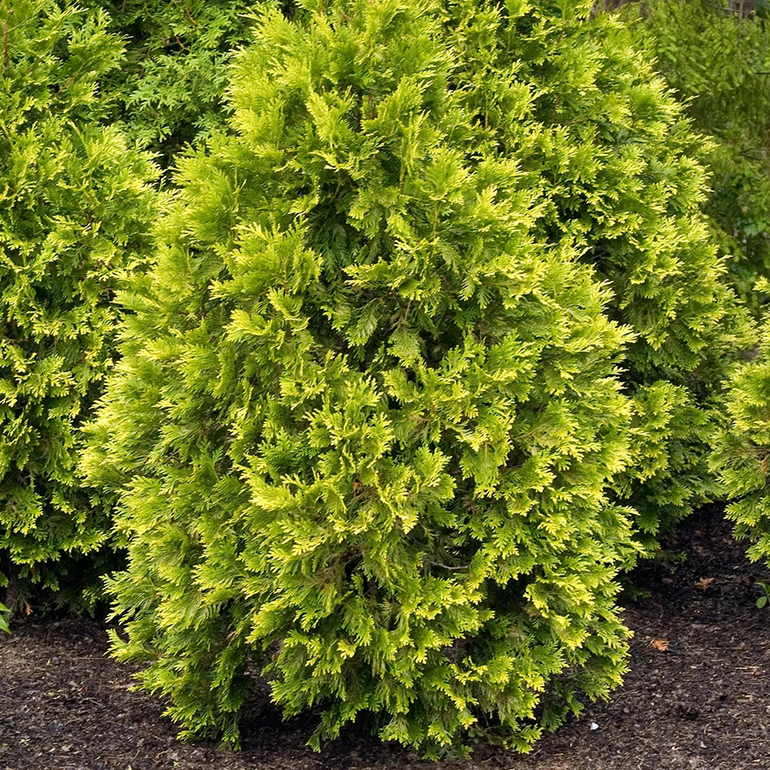
There are two types of tree:
- stunted;
- tall.
Thuja is able to withstand severe frosts and droughts, it is quite unpretentious in care. The plant tolerates formative pruning, transplanting and is able to grow on almost any soil. It looks very beautiful. Apparently, therefore, thuja began to be used in decorative plantings and grown at home.
Transplant Features
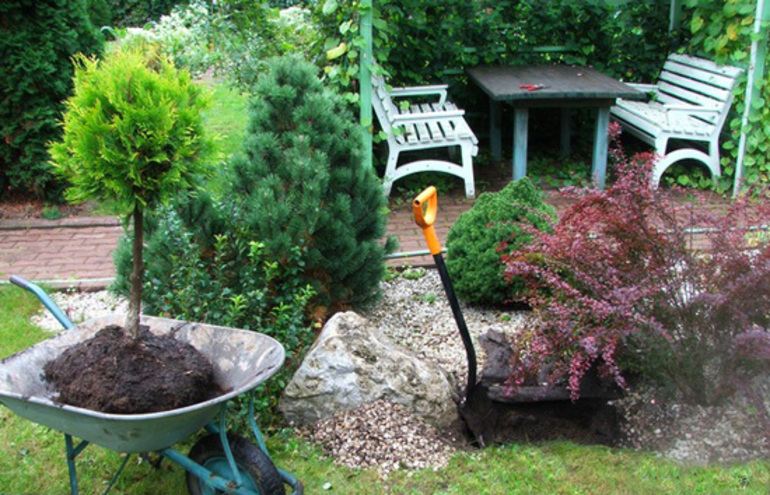
Tui are transplanted for several reasons, the main of which is moving a young plant from a temporary to a permanent place. Often, seedlings are planted in a temporary area close to each other, and when they reach the age of five, they are planted in new permanent places.
Another reason is the transfer of the tree to a new place from its natural habitat or from another site. In addition, an emergency transplant should sometimes be carried out if the original place was not suitable for the growth and development of the arborvitae.
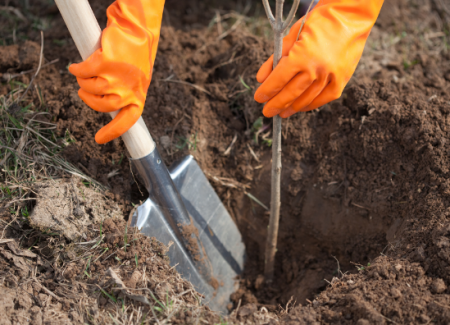 You may be interested in:
You may be interested in:Time and place
You can transplant a tree in autumn or spring (in March, April). About when it is better to transplant thuja in spring or autumn, gardeners do not have a common opinion, since each season has its own advantages and disadvantages. When thuja is transplanted in autumn, there is a risk of early frost, and during the procedure, heat may begin in the spring. When deciding when it is better to transplant thuja - in spring or autumn, one should take into account the climatic features of the region. In the northern regions, it is better to transplant in the spring, and in the southern - in the fall.
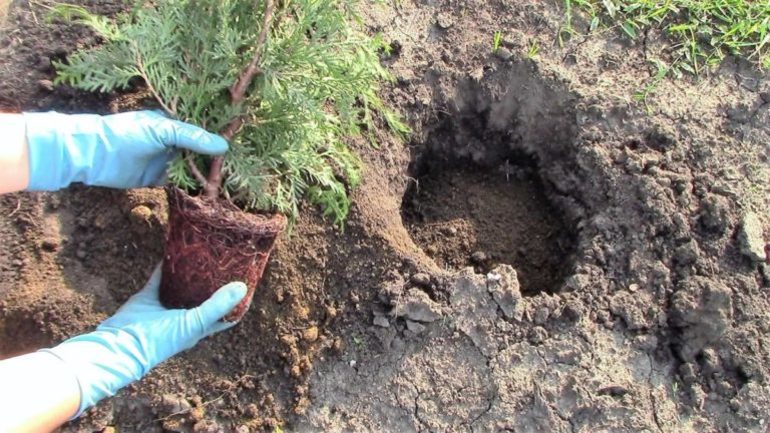
When it is possible to transplant thuja in the fall, it depends on natural conditions and weather forecasts. In the northern and western latitudes, it is better to do this in the first half of September, in the south you can postpone the procedure until the second half of September. In any case, it should be noted that the transplanted tree must have time to grow stronger and take root before the onset of winter. When choosing a place for thuja several key factors to consider:
- Illumination of the site. Place must be open. In the shade and partial shade, a tree may lose its decorative qualities. In this case, it is desirable that in the hottest time of the day direct sunlight does not fall on the plant, since this can lead to its dehydration and yellowing of the foliage.
- Tui do not like drafts, so this factor should be considered when choosing a site. It is also desirable that the tree be closed from the north winds.
 You may be interested in:
You may be interested in: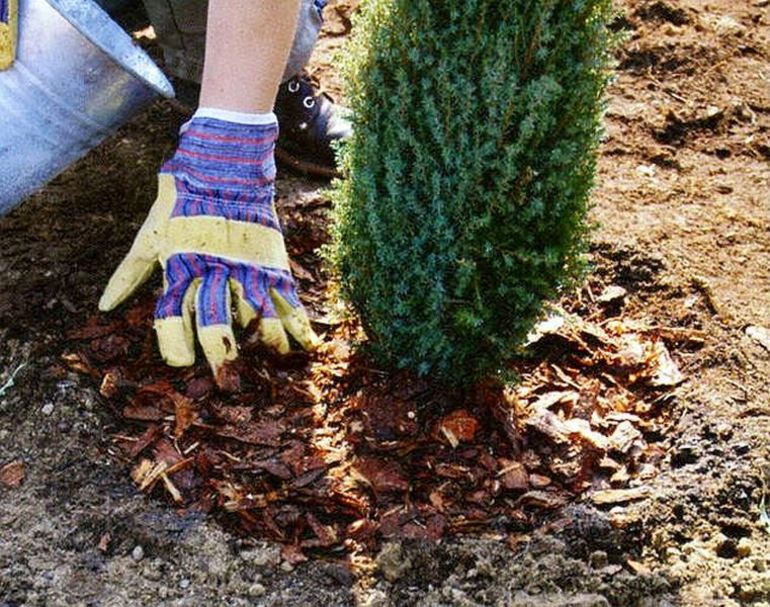
Procedure
Before starting to plant a thuja in a new place, it is necessary to perform 2 preparatory stages - dig a tree from the old site and prepare a landing pit.
A pit should be prepared 15–20 days before transplantation; its size is determined by the volume of the root system of the plant, usually a diameter of about 0.7–1 m and the same depth is sufficient. If the site has dense heavy soil, it is advisable to put a drainage layer on the bottom of the pit. In addition, a portion of the prepared mixture, consisting of ordinary garden soil, potassium-phosphorus mineral fertilizers, a small amount of peat, river sand, humus and chopped wood ash, must be added to the hole.
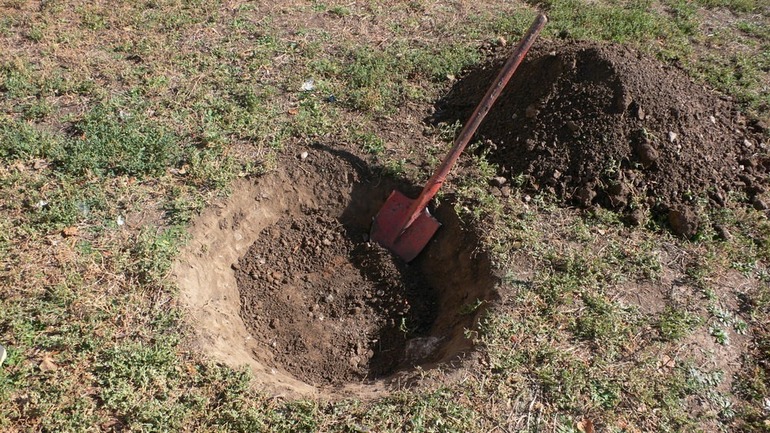
To dig a tree from an old place, it is recommended to pre-pierce around it a perimeter at a distance of 0.5-0.6 m from the trunk. For this procedure, you will need a shovel with a sharp working area.
If an adult tree is preparing for a transplant, then the stitching should be completed in 10-12 months. Thanks to this, the plant will have time to start new root processes in the area allotted for it, and even a large thuja will be able to be extracted together with a land lump. It is better to get a plant with garden pitchforks, and for transportation you can use a wheelbarrow or cart. If you intend to move over a long distance, it is recommended to wrap the roots with an earthen lump with a cloth and bandage with a rope. Thanks to this transfer, it will not be damaged or crumble.
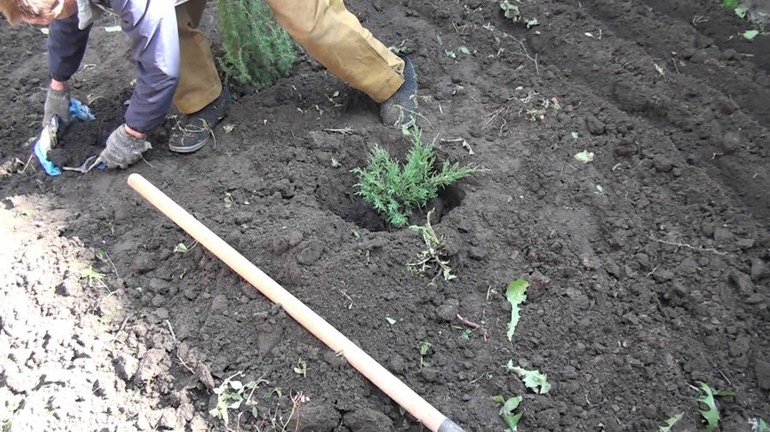
When the plant and the pit are ready, the thuja should be carefully placed in the hole, being careful not to disturb the natural position of the roots. After this, the pit should be filled to the brim with soil, which should then be rammed. Next should be abundantly water the transplanted plant. The necessary volume of water is determined visually - watering must be stopped when moisture ceases to be absorbed into the soil. You can also optionally spray the tree from the spray gun.
Care and preparation for winter
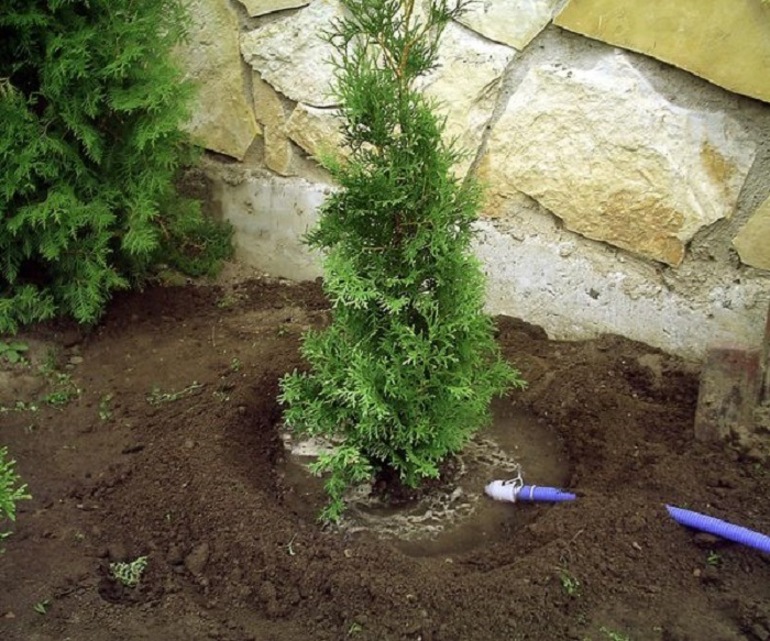
If there is hot, clear weather after the transplant, arborvitae (especially young ones) should be shaded from the south for 2-3 days. In the first 2 weeks, it is recommended to add drugs that stimulate the growth of root shoots when watering. Starting next spring, it is necessary to start feeding. In March, nitrogen fertilizers should be applied, and in June and July - potassium fertilizers.
The main pruning of the plant should be carried out in spring. It is necessary to remove all damaged and dry branches. Decorative pruning of too long shoots can be performed throughout the year.The most important moment is the preparation for the winter transplanted arborvitae. This work will be as follows:
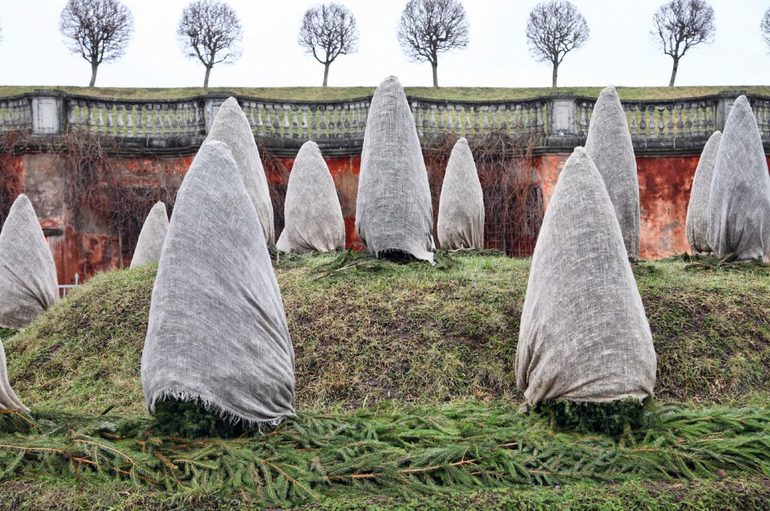
- Tie the crown of the tree with a rope.
- Cover the crown with a cloth. Burlap is ideal for this. Synthetic materials are not recommended, as they are not able to retain heat sufficiently. Also, a plastic film will not work, which not only does not provide insulation, but also blocks the plant from access to oxygen.
- The material must be fixed on top with a rope. It does not need to be tightened tightly, since air intake cannot be completely blocked.
- The trunk circle should be insulated with fallen leaves or spruce branches.
In spring, it is recommended to remove the shelter gradually - first release the tree for hardening for 1-1.5 hours, then gradually increase the time. This method will not only allow the plant to adapt to fresh air and wind, but also protect it from a sharp change in lighting, because spring rays can burn needles.

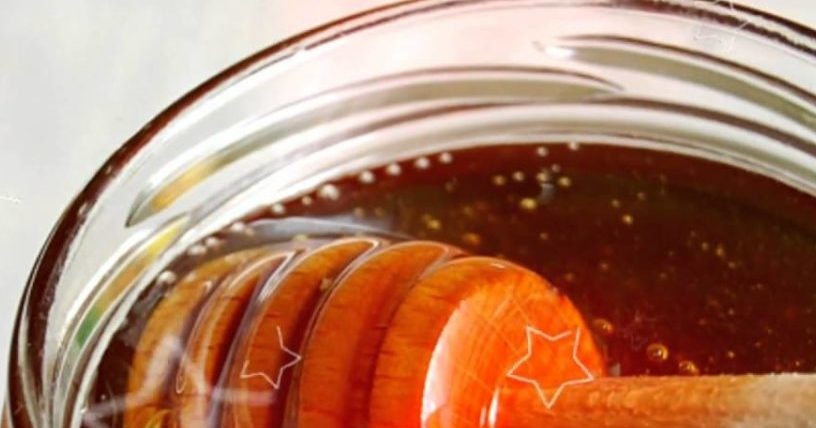
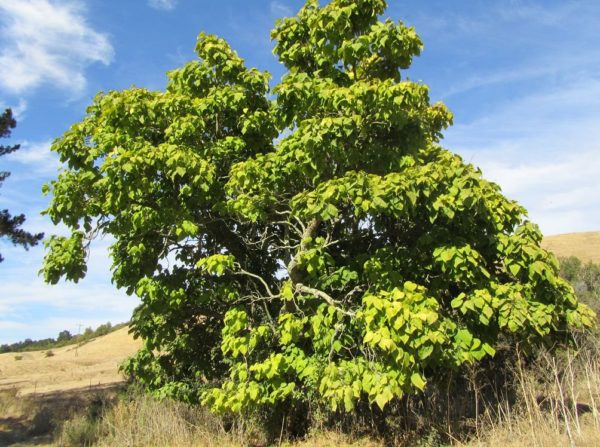
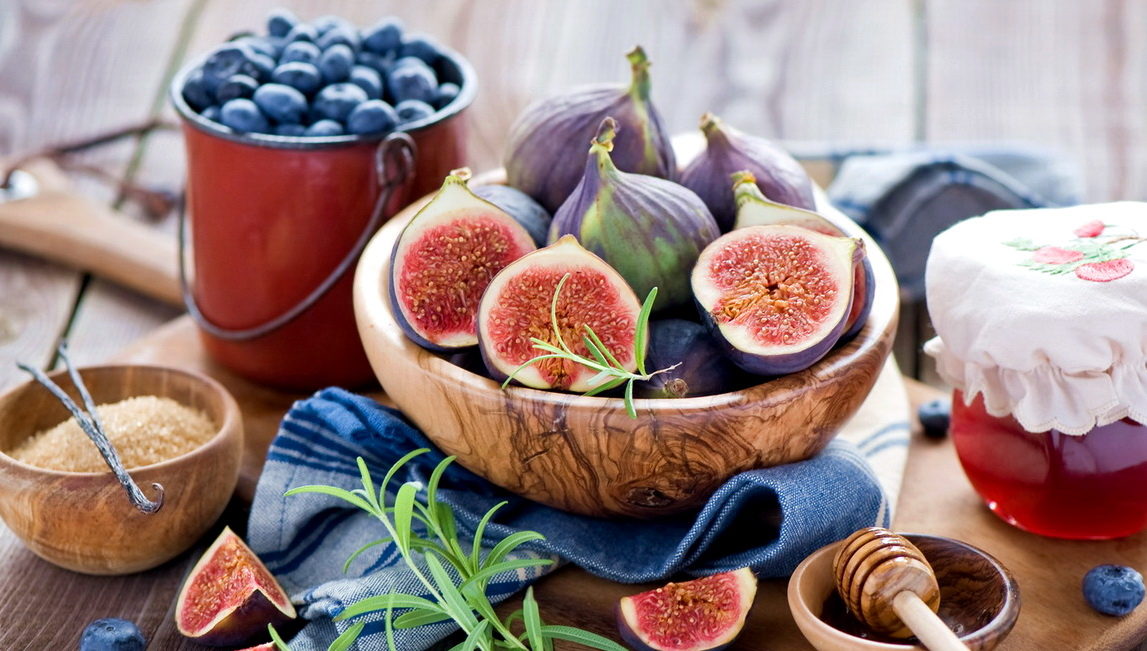
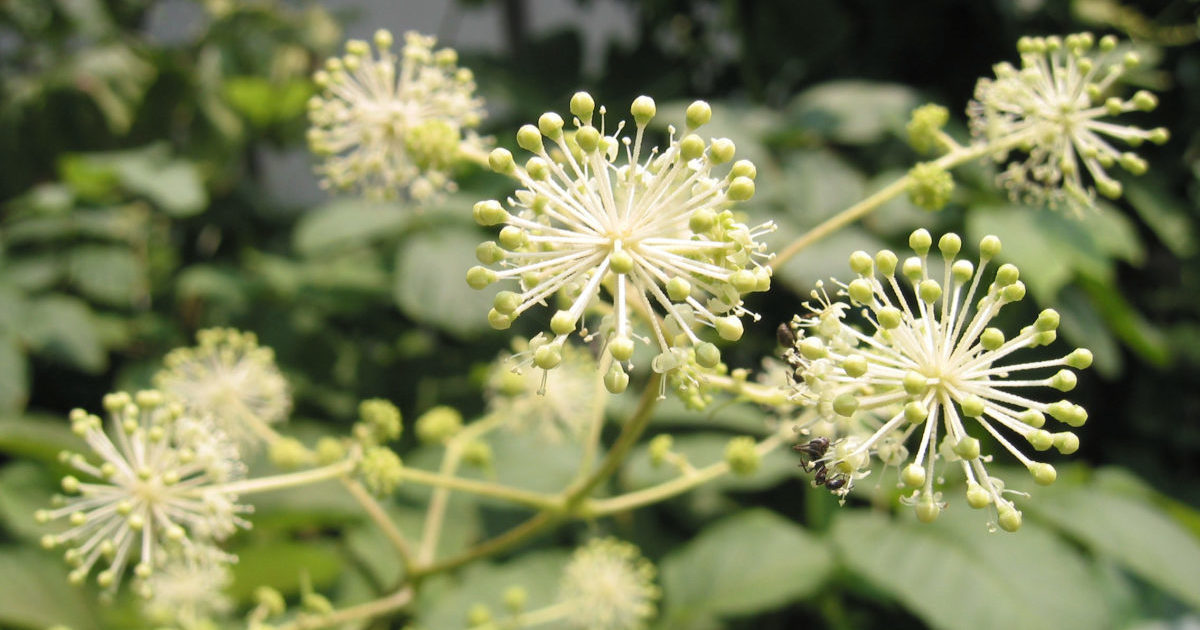 Aralia Manchurian - medicinal properties and contraindications, the use of tinctures in bodybuilding
Aralia Manchurian - medicinal properties and contraindications, the use of tinctures in bodybuilding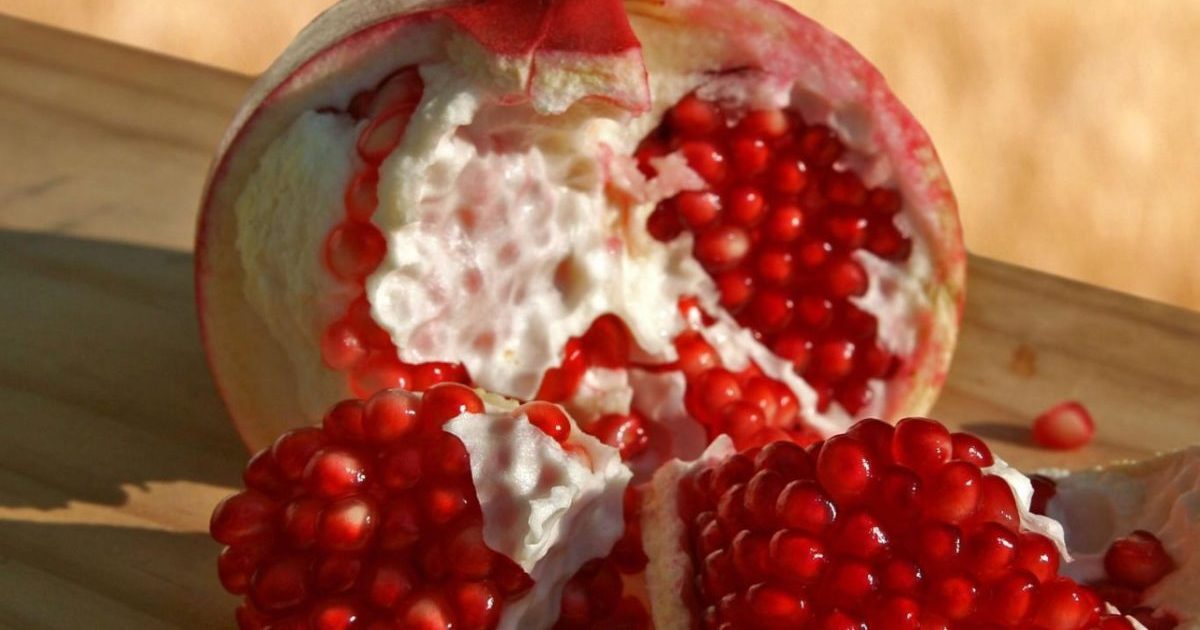 Seedless pomegranate - cutaway appearance, benefits and harms
Seedless pomegranate - cutaway appearance, benefits and harms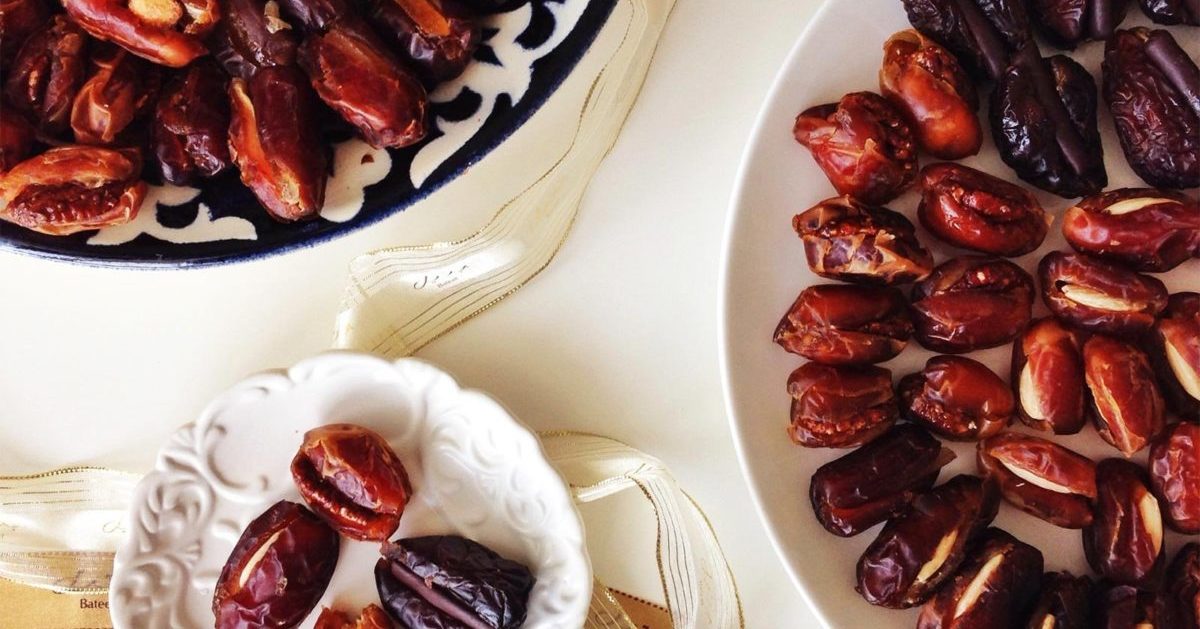 Dates - the benefits and harm to the body, how much you need to eat, properties and calorie content
Dates - the benefits and harm to the body, how much you need to eat, properties and calorie content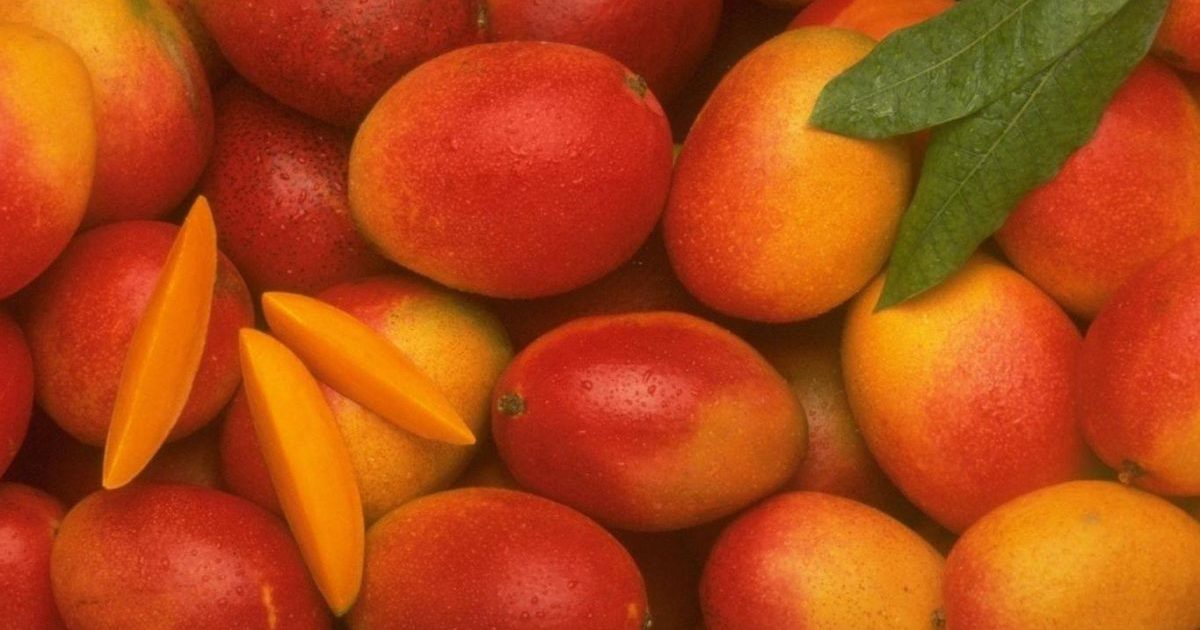 The benefits and harms of mango for the body of women and men - how to eat it?
The benefits and harms of mango for the body of women and men - how to eat it?